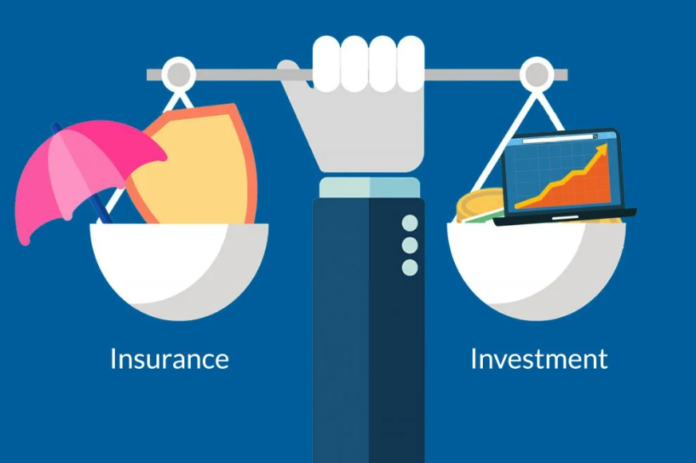A ULIP planis one of the best investment options for most people, offering them tax benefits, flexibility, and a chance to earn market-linked returns. However, when it comes to the investment horizon for ULIPs, both short and long-term plans are available for investors. So which one should you choose, and how can you use both to meet your financial objectives? This is the key aspect covered in this article, but before we delve into their benefits, let’s understand what a ULIP plan is.
What is a ULIP Plan?
ULIP plans combine insurance and investments, enabling life coverage throughout the policy period for the insured individual. They also offer opportunities to invest in wealth-creating market instruments for the long haul. Premiums are deployed in various types of funds that are chosen by the investor based on their risk appetite and future goals (with switching options throughout the tenure) after deducting applicable charges. In the context of our discussion, it is essential to note that ULIPs have a mandatory lock-in period of 5 years, during which you cannot make withdrawals from your corpus. After the lock-in period ends, you can partially withdraw funds. Let us look at how ULIPs can be beneficial for short-term and long-term goals.
Short Term Investment Goals with ULIPs
Usually, any investment made for less than 3 years is called a short-term investment. But in the case of ULIPs, the minimum duration you can invest for is 5 years. Because of this lock-in period, any ULIP policy which is taken for 5 years can be called short-term ULIP. Here are some key aspects worth noting in this regard:
- A ULIP plancan help in locking money only for a smaller period that can be withdrawn after five years to meet goals like higher education needs, buying a home, buying a car, taking a vacation, and other requirements.
- Short-term investment goals can be accomplished with a smarter investment strategy. ULIP plans come with choices of funds for investors at the beginning. If you are looking to invest aggressively for the short term, you can scale up your exposure to equity funds if you are okay with taking higher risks in this period. If you are risk-averse and comfortable with comparatively lower returns in a short-term period, you can allocate more to debt funds.
- You can keep switching your funds periodically throughout the ULIP tenure to maximize your returns in bull markets or safeguard your portfolio in bearish markets
- Short-term ULIP plans encourage higher savings since you will have to pay charges upon premature withdrawal. Furthermore, this naturally inculcates the habit of saving and investing money regularly, while building financial discipline amongst investors.
- You also get an opportunity to create wealth while getting life coverage for the short term. This ensures financial security for your family during this period.
- You can also get tax benefits for a short-term investment, including deductions on premium payments under Section 80C up to Rs. 1,50,000. Maturity proceeds will be exempt under Section 10 (10D), subject to certain conditions. If your annual premium does not cross Rs. 2.5 lakh, then the maturity benefits will not be subject to LTCG (long-term capital gains). Payouts arising from death benefits are always exempted under this section.
Long-Term Investment Goals with ULIPs
A ULIP plan is suitable for meeting long-term investment goals as well. Here are a few points worth noting:
- Long-term ULIP plans to ensure a better scope of riding out market volatility in the short term. You can average out your risks, and long-term investments usually perform better in generating inflation-beating returns.
- Long-term plans also enable higher gains through the power of compounding. Your average per-unit cost also comes down over the long term.
- You can get similar benefits outlined above in terms of choosing your funds, tax benefits, and fund-switching
- You can invest more in equity early on throughout the tenure to bulk up your portfolio and absorb temporary risks when you have a steady income. Later on, as you near retirement, you can allocate more to debt in order to consolidate and safeguard your portfolio.
- Long-term investments in ULIPs also help you earn higher returns since the charges/costs are higher in the initial years. The charges keep coming down for ULIPs over time.
While short-term investments in ULIP plans can be fruitful for several reasons, long-term investment options are always recommended. Experts recommend staying invested for at least 7-10 years in order to reap the benefits of compounding and averaging out the risks and costs of your investment. These factors make ULIP plans suitable choices for achieving long-term goals like building a retirement corpus, funding the higher education of your children, buying a house, and so on.





























